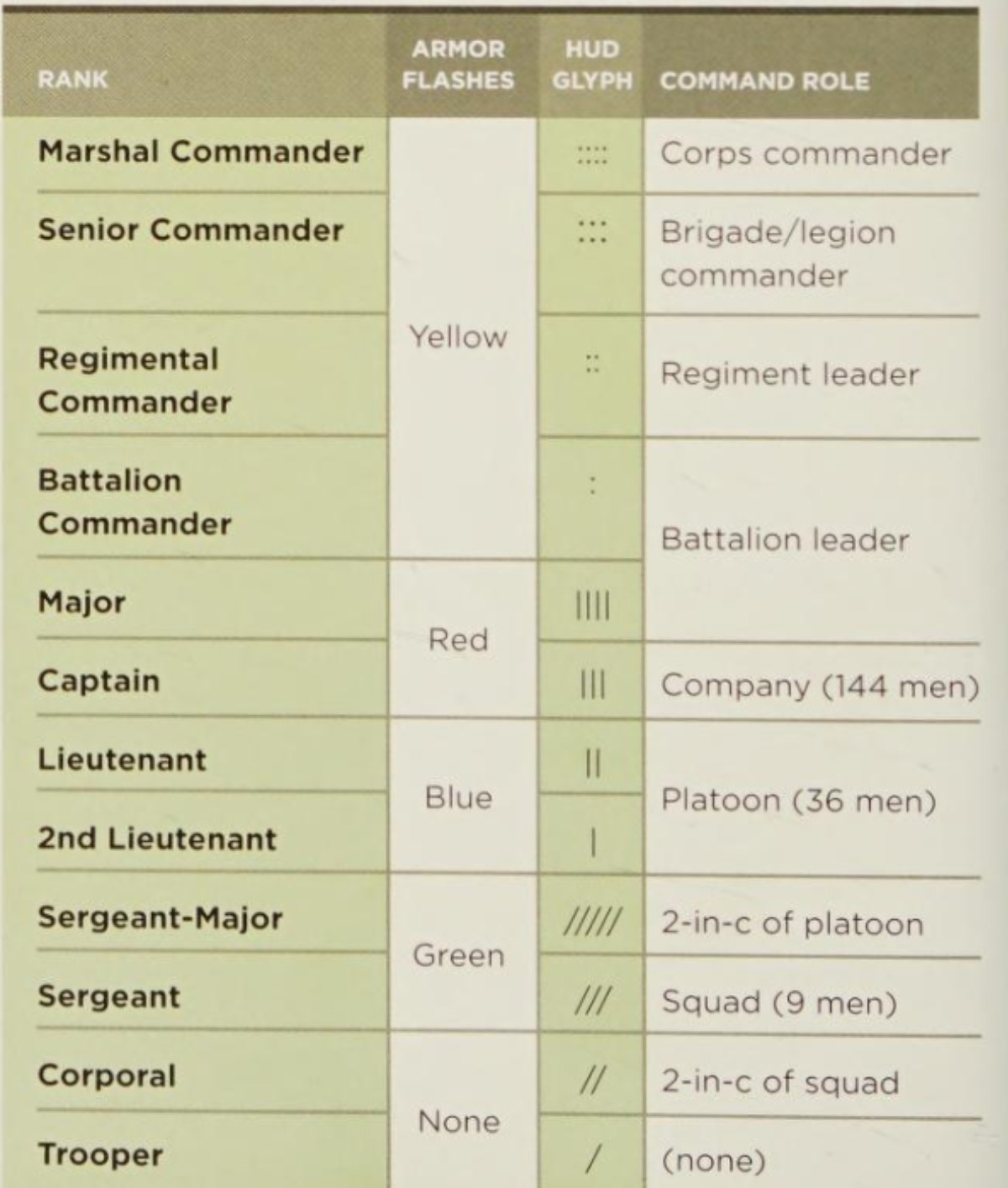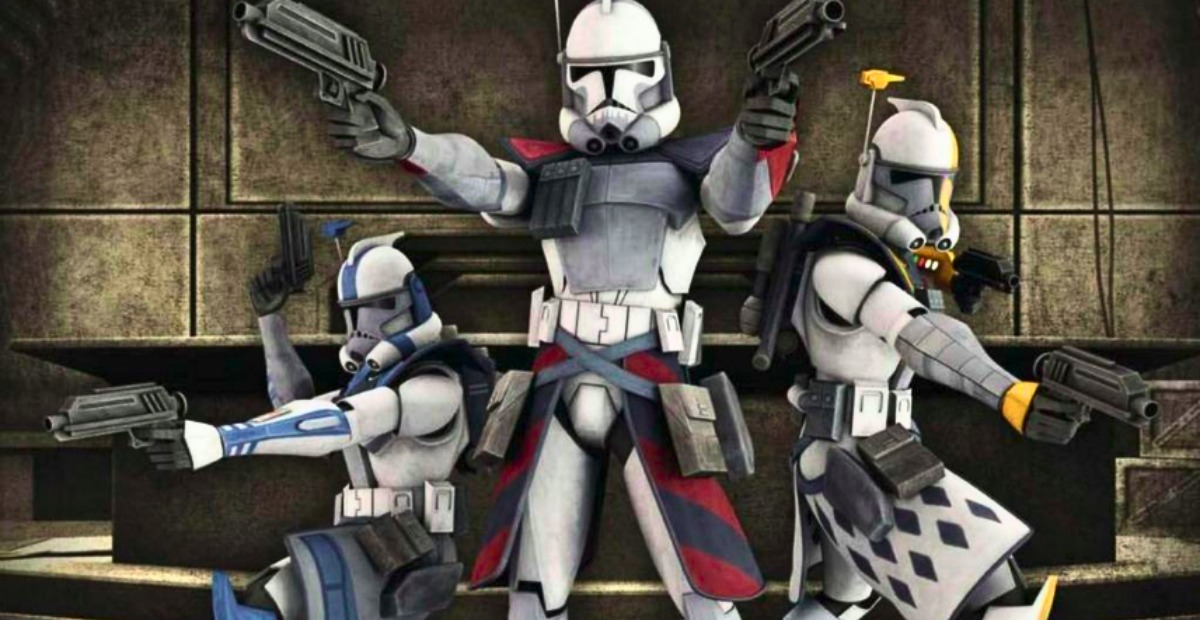There’s always been something about ARC troopers that catches my eye. Maybe it’s the way they fight, maybe it’s the way they look. And then you start noticing — the colors, the stripes, the gear — and you wonder where all that comes from. Is it personal choice? Or were they just told, “Here’s your paint, deal with it”?
Back at the Start: Colors Meant Rank
According to The Essential Guide to Warfare, clone trooper armor paint was originally tied directly to rank, not legion or unit. The Republic set down a very clear system:
- Yellow – Commanders (Battalion, Regimental, Senior, and Marshal Commanders)
- Red – Captains (in charge of a company of 144 men)
- Blue – Lieutenants (leading a platoon of 36 men)
- Green – Sergeants (in charge of a squad of 9)
- No markings – Troopers

It didn’t matter which unit you were in — those colors were the same across the army. The early Alpha-class ARCs followed the same deal. You’d see someone like Captain Fordo rocking red stripes not because it was his favorite color, but because that’s what captains wore.
Phase II Changed the Game
As the war went on, losses mounted and Phase II armor rolled out, the meaning behind those colors shifted. Now colors showed your legion or battalion, not your rank.
So the 212th Attack Battalion? Yellow all around. The 501st Legion? Blue, every time. Even commanders and captains adapted — Commander Cody went from rank-yellow in Phase I to 212th-yellow in Phase II, and Captain Rex traded his red for 501st blue. It became about showing where you belonged, not the position you held.
ARC Troopers Got More Say
Here’s where it gets interesting. ARC troopers didn’t have to stick to one strict pattern. Alpha-class ARCs might have kept their old rank colors for a while, but promoted ARCs and ARC Program graduates had room to experiment. They could add their own stripes, helmet designs, gear attachments — basically, they could make their armor their own.
Some still matched their legion’s colors, but others mixed it up. It’s why no two ARC sets looked exactly the same. You’d see unique combos of paint and equipment that made them stand out even more from the regular troops.
Even with that freedom, you could usually tell where an ARC came from. Fives kept his blue markings because of his 501st roots, and Echo did the same. Those colors were a connection to their brothers, no matter what mission they were on.
The Rancor Battalion is another good example. They seemed to lean toward red — like their ARF troopers — but there were still differences between individuals. That mix of unit identity and personal style is part of what made ARC troopers so recognizable.
ARC armor customization didn’t disappear when the Empire took over. Pauldrons, kamas, and rangefinder helmets that you see in Imperial special forces all trace back to ARC designs. The look started with clones who were given just enough freedom to make their gear their own — and it stuck.

